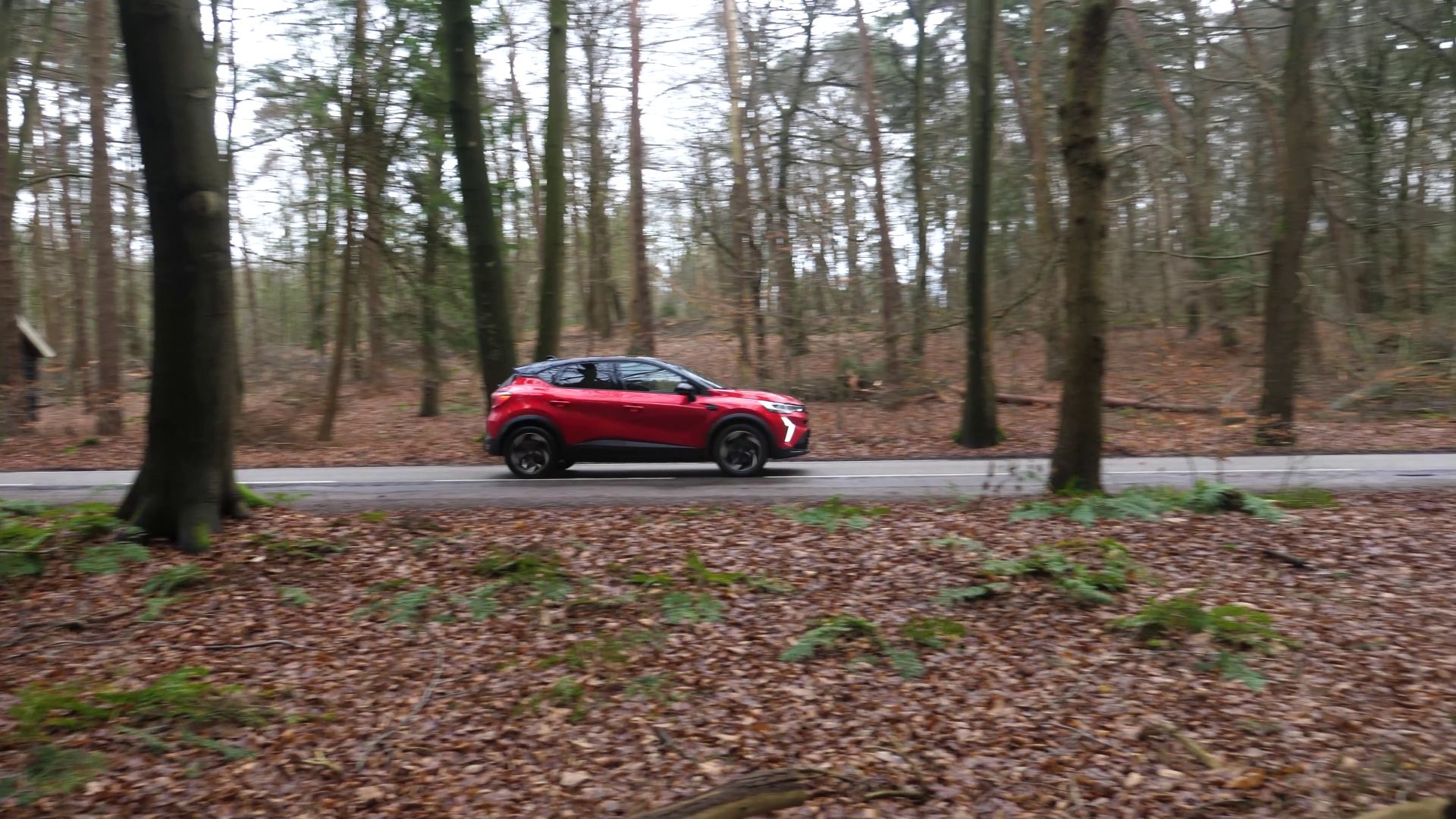Review – Renault Captur (2025) – Solid facelift for French success number
Renault Captur
In 2019, Renault launched the second generation of the Captur. With its friendly appearance and high cuddliness factor, it struck a chord. Anno 2025, however, fashion has changed considerably: these days, every car has to look like it can conquer the Andes. Think of the tough Kia EV3, Dacia Duster, Jeep Avenger or, of course, the Tesla Cybertruck. Even the Captur now goes with the fashion and has taken on a much tougher face.
New nose
It is mainly the nose that immediately stands out in the revamped Captur. It looks sleeker and in keeping with Renault’s new design direction. It now looks much more like the new Scenic and Rafale and the updated Espace. It has lightning-shaped LED daytime running lights and the grille is closed and contains small triangular details, just like on the Scenic and Rafale.
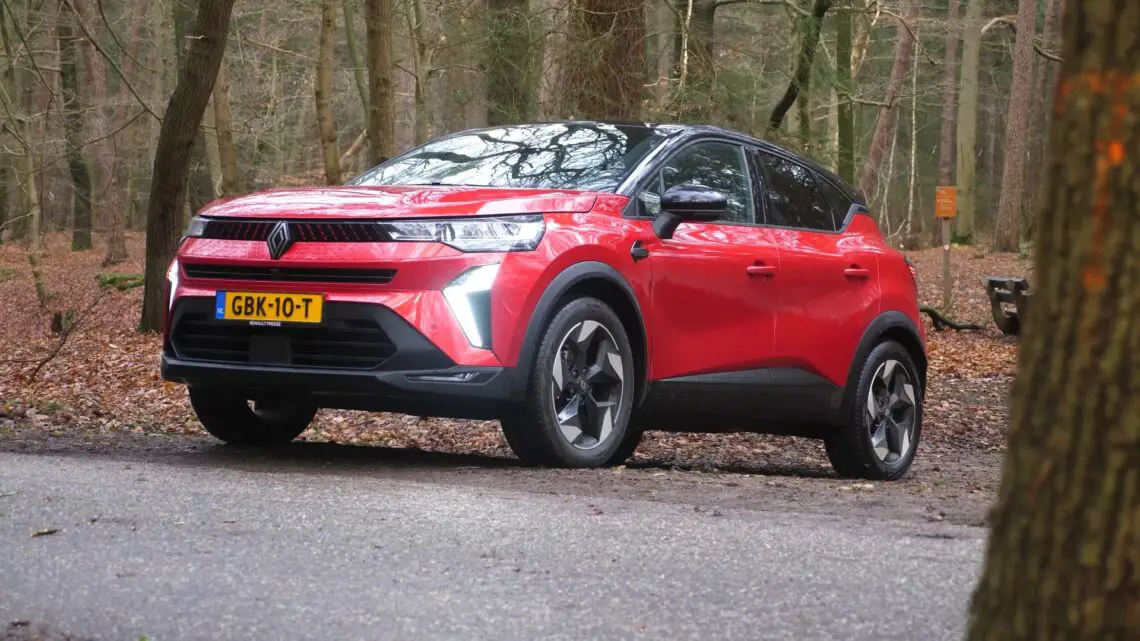
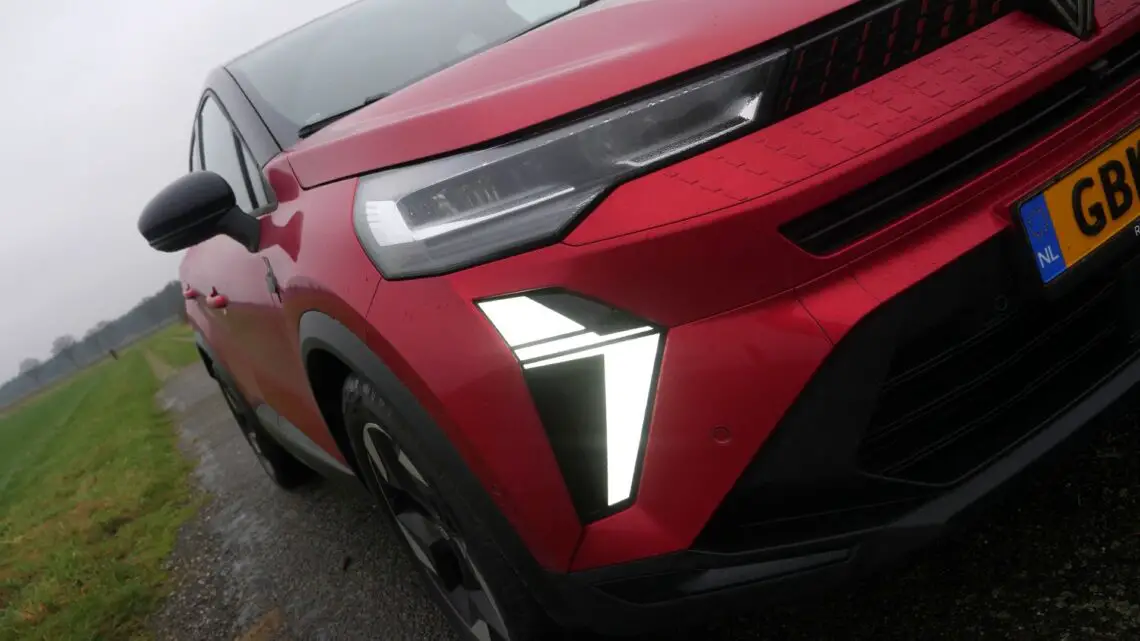
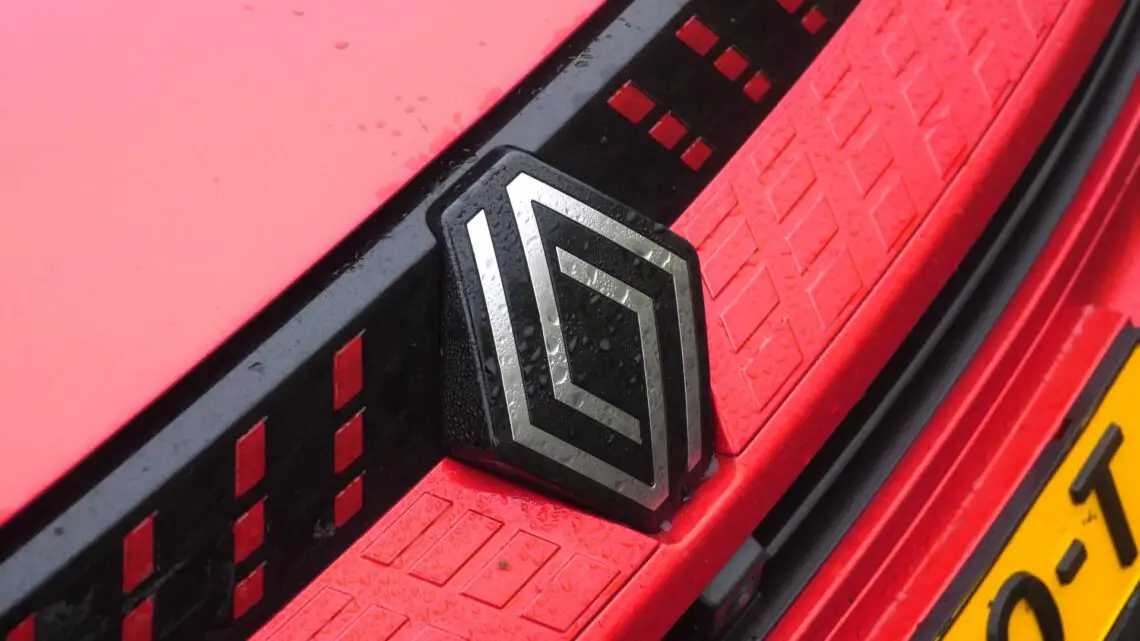
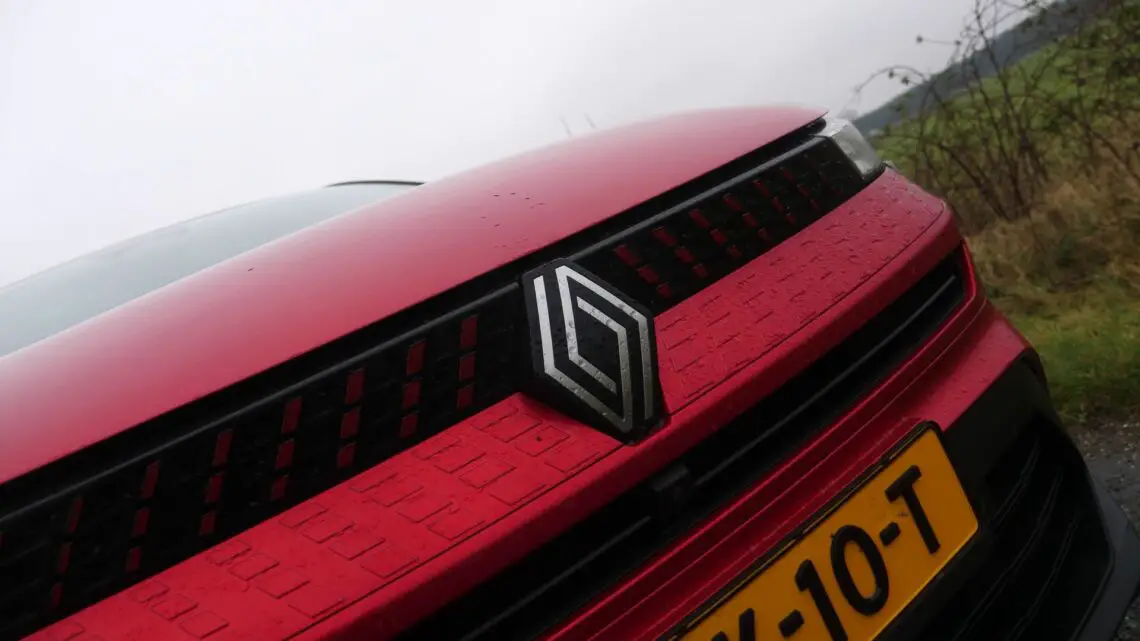
Recognizable
The redesigned Captur looks much tougher up front than before, but at the rear the changes are more subtle. The round shapes have remained and the light units still have their familiar C-shaped contours. However, the taillights now have transparent glazing and the chrome work has largely disappeared. Of course, there are new wheel designs – up to 19 inches in size. As is often the case in this segment, you get standard hubcaps, but alloy wheels are available starting at 17 inches.
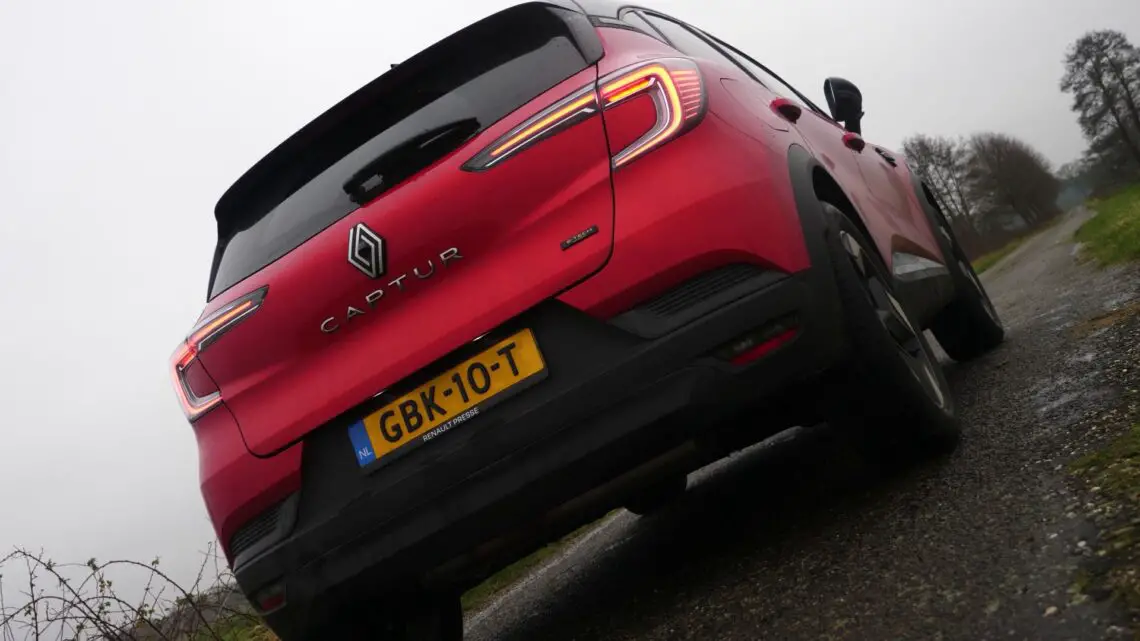
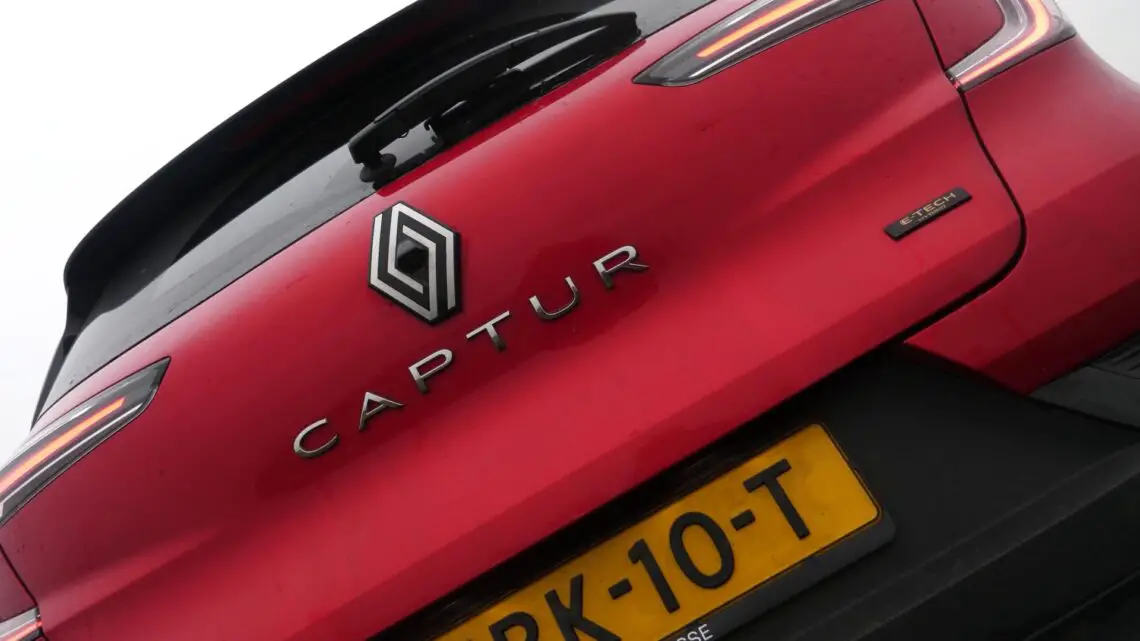
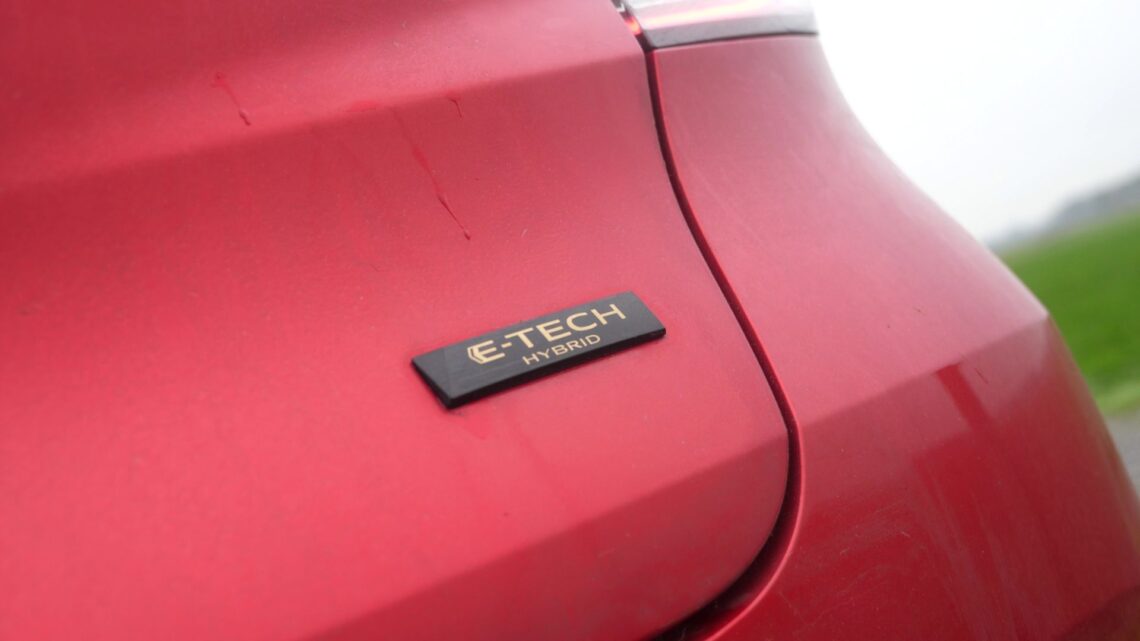
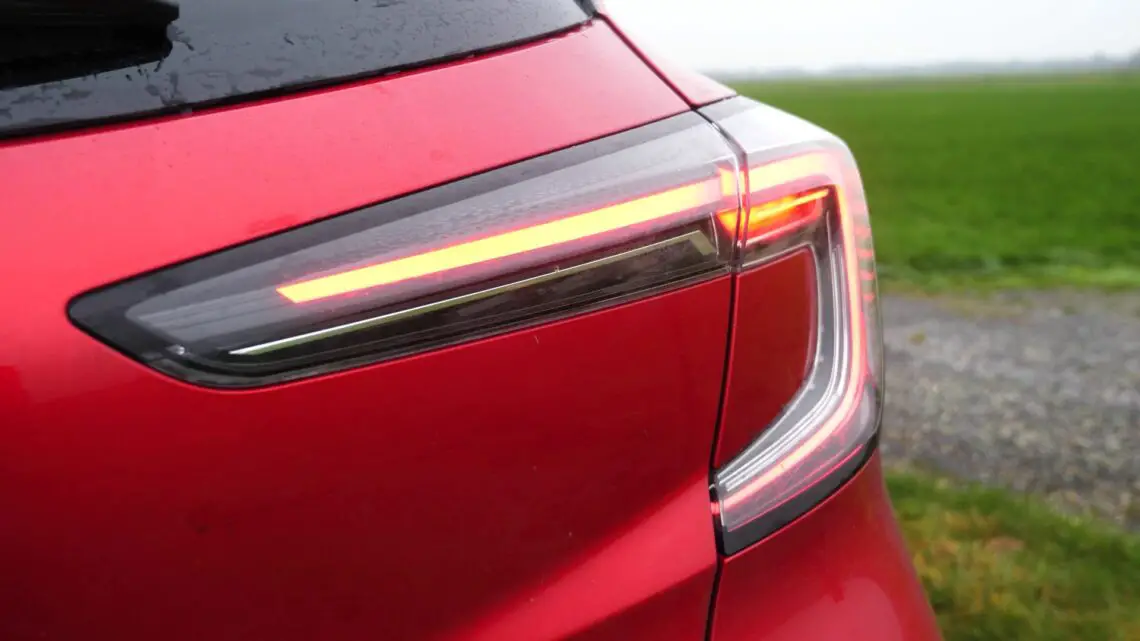
Nice and spacious
Luggage space remains a strong point of the Captur. You get a sliding rear seat as standard, so you can opt for more luggage or legroom. With the bench in the front position, you have a solid 616 liters of luggage space. Slide the bench back for extra legroom, and you’re left with about 400 liters. Excellent figures for this class.
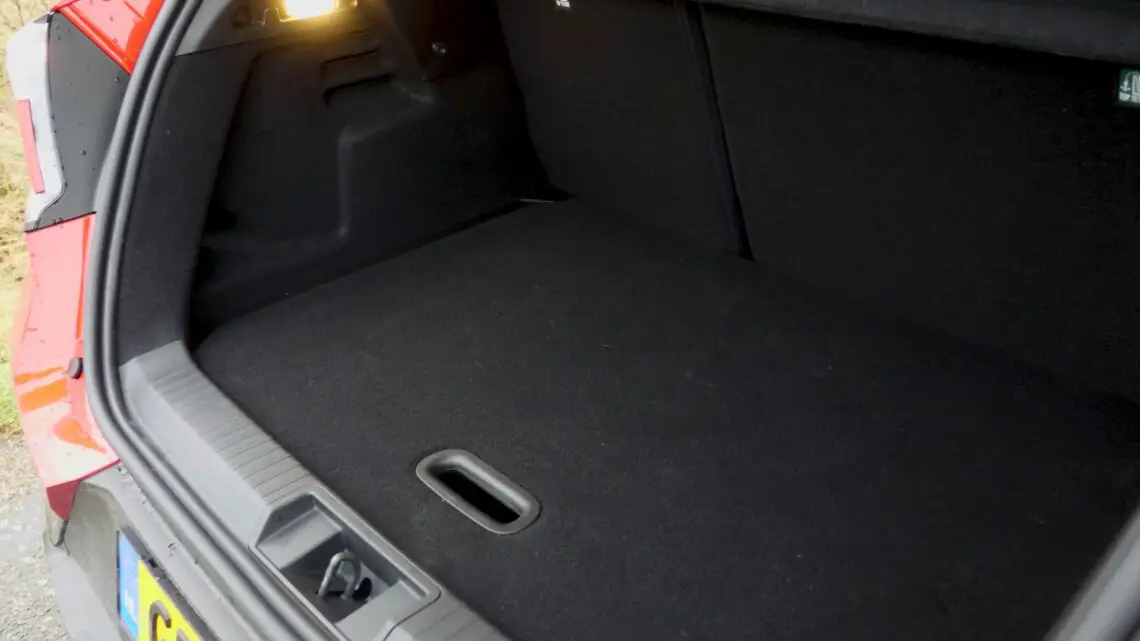
The standard sliding rear seat – with 16 inches of freedom of movement – is a unique plus. On the other hand, it’s a shame that you don’t get USB-C connectors in the back, without paying extra. Those transporting children will probably want to check that option. Otherwise, you run the risk of having to provide entertainment yourself if their tablet or phone runs out of power.
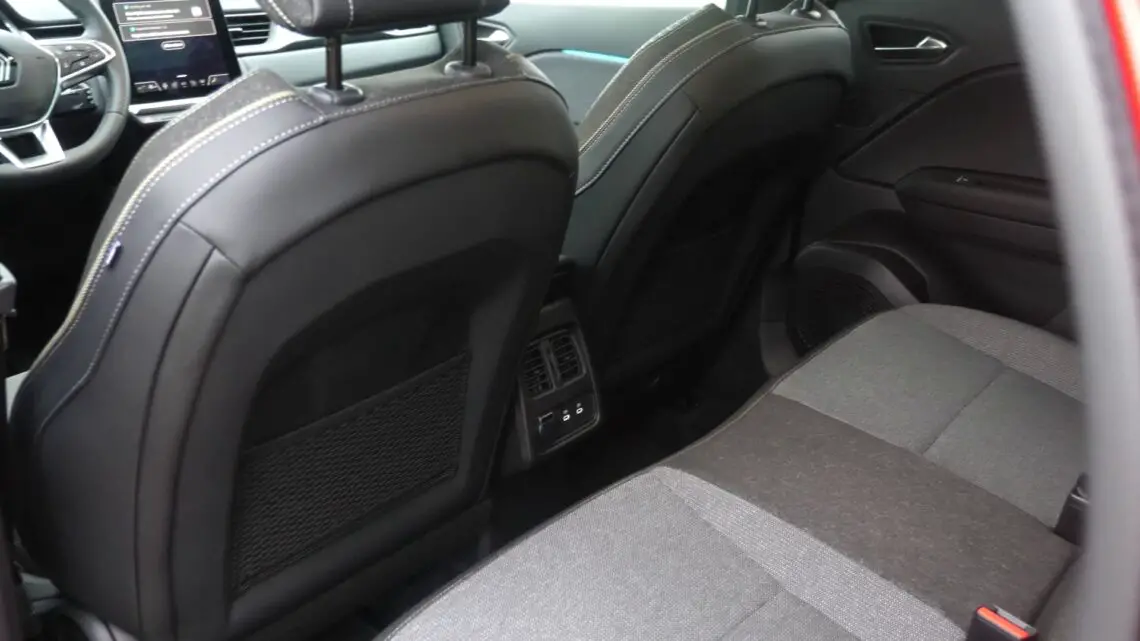
The dashboard remains largely unchanged. You still get an upright infotainment screen in the center and a digital instrument cluster behind the steering wheel. The software, however, has been updated. That’s normally not big news. However, the infotainment system now runs on Google software. Google Maps is the standard navigation and via Google Assistant you control all kinds of functions with your voice. This is where the Captur really manages to distinguish itself from the competition, because it all works flawlessly (and quickly!).
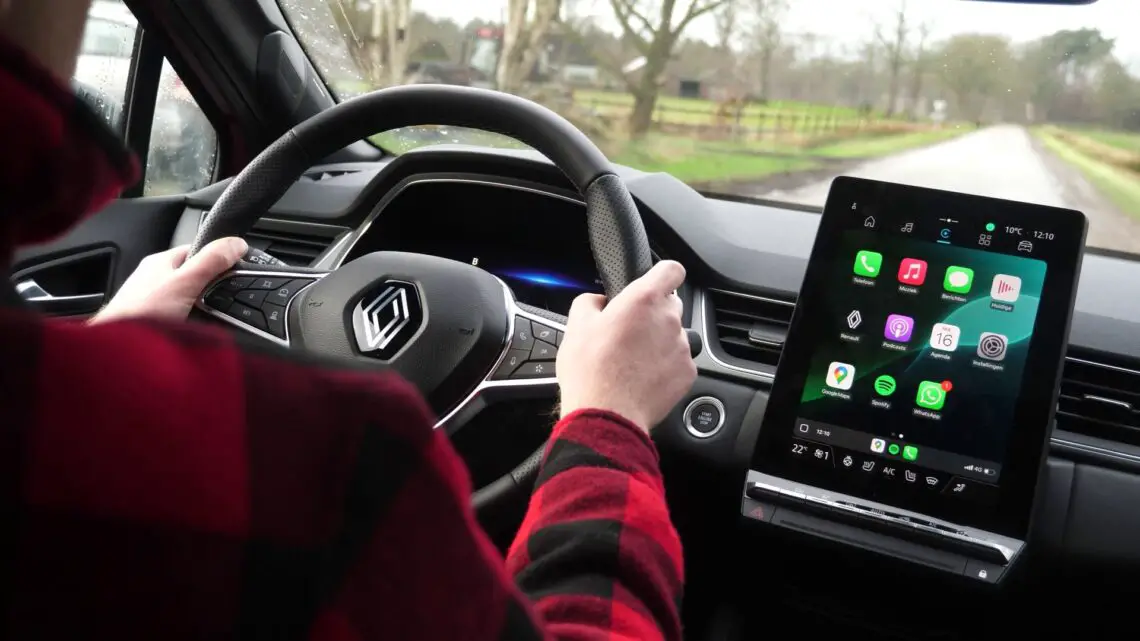
Five engines
Under the hood, there is plenty of choice. Renault offers the updated Captur with five gasoline powertrains:
- 90-hp three-cylinder with manual transmission
- 100-hp three-cylinder on gasoline/LPG (manual transmission)
- mild hybrid with 140 hp (automatic)
- mild hybrid with 160 hp (automatic)
- full hybrid E-Tech with 145 hp (automatic)
The full hybryd E-Tech powertrain is in our test car and is the most interesting choice as far as we are concerned. It combines a 1.6-liter four-cylinder with two electric motors, an automatic transmission and a compact battery. Consumption is low, but performance is excellent, especially thanks to the two electric motors that are always on point. In the video, we tell you more about this powertrain.
The biggest drawback of the full hybrid? It can only tow 750 kilograms. Not ideal if you want to go on vacation with a caravan. If you opt for a different engine, you may tow up to 1,200 kilos.
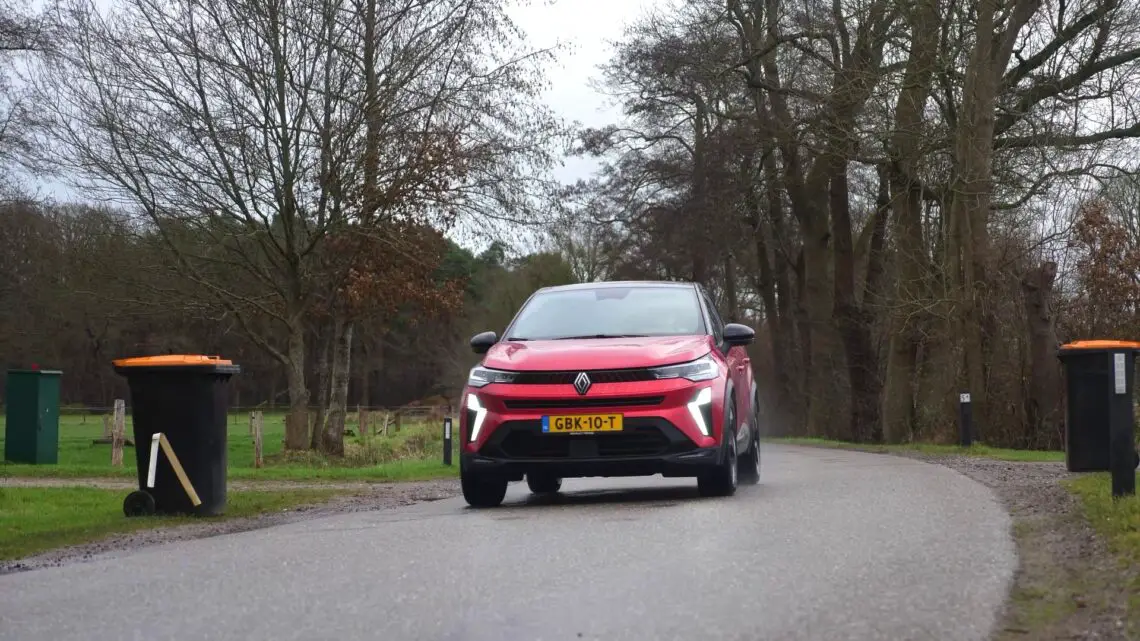
Drive
The Captur may be compact and affordable, but don’t underestimate its handling. In fact, the suspension is really good. Not sporty, but comfortable and balanced. Bumps, clinker roads, bad asphalt – everything is neatly filtered out. Even on the highway, the Captur feels surprisingly mature.
A touch of dynamism is also there, more than you might expect from such a well-behaved crossover. The steering is light but direct enough, and the car handles tightly. The Captur is no challenger to a Ford Puma or Nissan Juke when it comes to sportiness, but it does give you confidence behind the wheel. A fine travel partner, in other words.
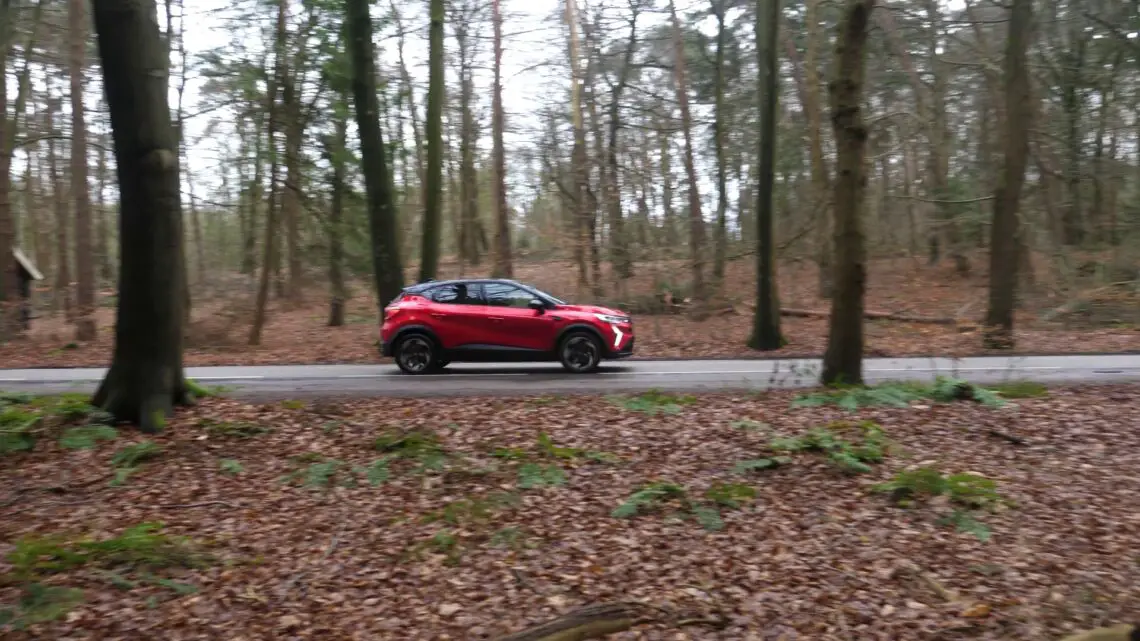
But … why not Symbioz?
Yet with this updated Captur comes the question: isn’t the Symbioz the better choice? This bigger brother of the Captur – you could call it a Captur XL – is now also on the price lists. It shares its technology, nose and interior with the Captur, but has a different, larger butt. For about 2,500 euros extra you get considerably more interior space in the Symbioz.
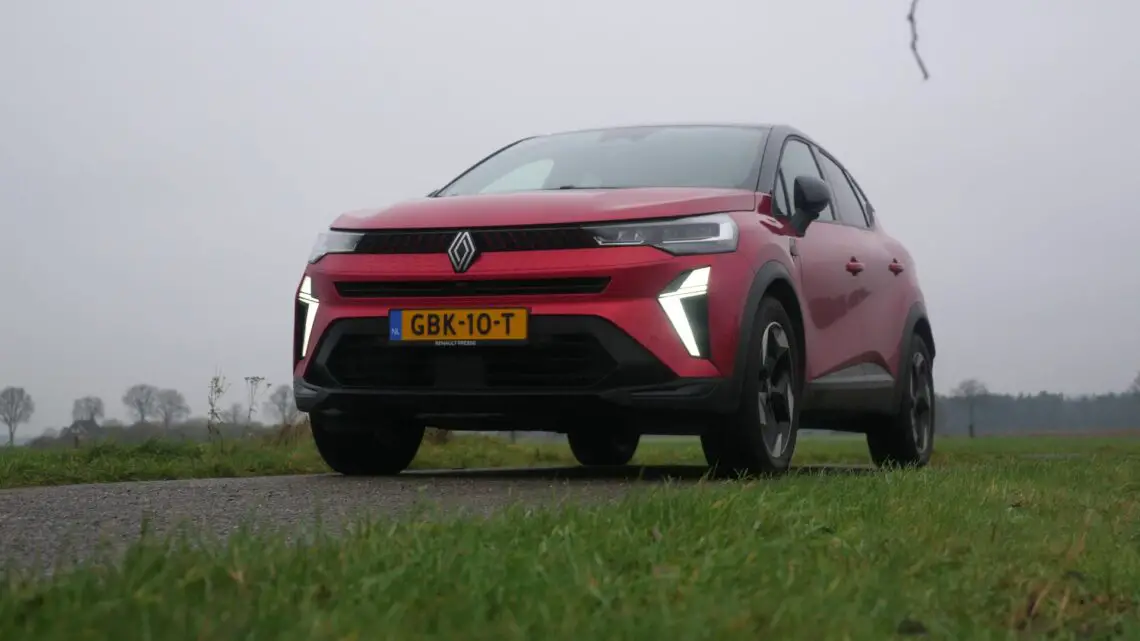
Conclusion
This facelift brings the Renault Captur back up to date. It looks in line with the latest fashion and still offers great value for money. The full hybrid is the powertrain you want – as long as you don’t need to tow a caravan. Still, it’s worth looking at the Symbioz as well. The Captur remains a strong performer, but with the arrival of the Symbioz, it may be a bit in the shadow of its bigger brother.
Also read: Renault Symbioz (2025) Review – Is it ready for the Captur?

